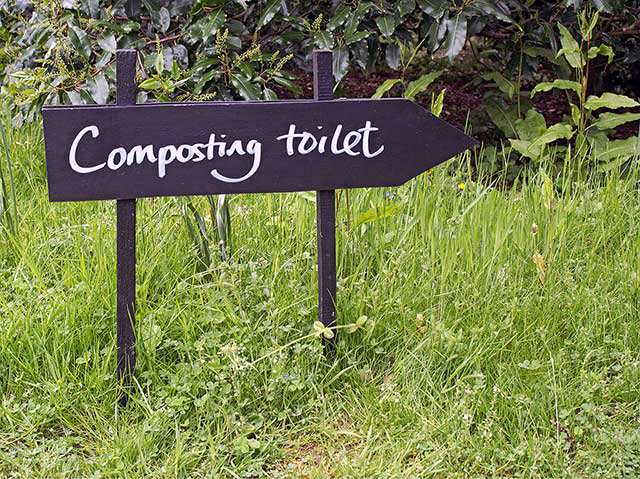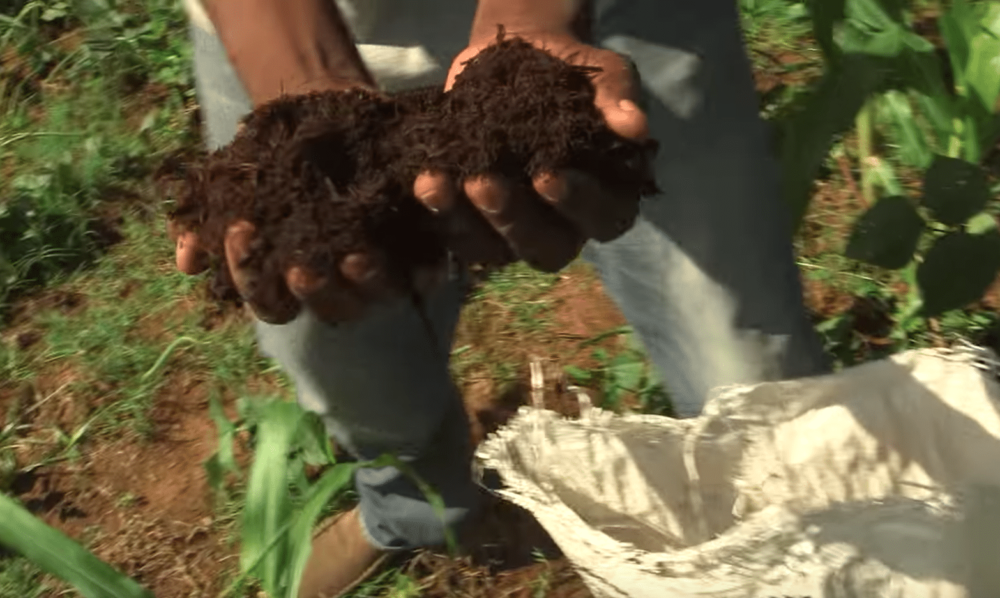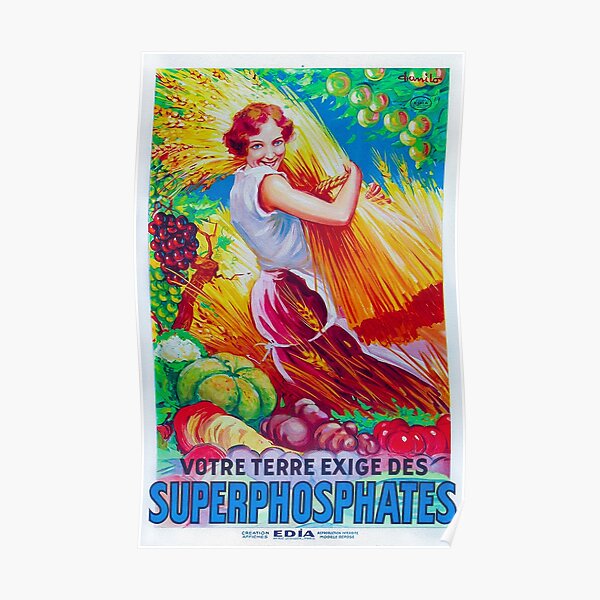Human Waste: The New Fertilizer
Human waste has been used as fertilizer for centuries. In fact, it was one of the earliest forms of fertilizer used by humans. Today, human waste is still used as fertilizer in some parts of the world, and there is a growing movement to promote its use as a sustainable alternative to chemical fertilizers.
There are several reasons why human waste is a good fertilizer. First, it is a rich source of nutrients that plants need to grow. Human urine, for example, is high in nitrogen, which is essential for plant growth. Feces also contain important nutrients such as phosphorus, potassium, and magnesium.
Second, human waste is a natural fertilizer. It does not contain any harmful chemicals that can pollute the environment. In fact, human waste can actually help to improve soil quality by adding organic matter and increasing the water-holding capacity of the soil.
Third, human waste is a renewable resource. Unlike chemical fertilizers, which are made from finite resources such as petroleum, human waste is constantly being produced. This makes it a sustainable option for fertilizing crops.
Of course, there are some concerns about using human waste as fertilizer. One concern is that it can contain harmful pathogens. However, these pathogens can be killed by treating the waste with heat or chemicals. Another concern is that human waste can be unsightly and odorous. However, these problems can be avoided by properly managing the waste and using it in a way that does not contaminate the environment.
Overall, human waste is a safe and sustainable fertilizer that has the potential to help us produce more food in a more environmentally friendly way. As the world's population continues to grow, and the demand for food increases, human waste may become an increasingly important source of fertilizer.
Main Content
Here are some of the benefits of using human waste as fertilizer:
- It is a rich source of nutrients that plants need to grow.
- It is a natural fertilizer that does not contain harmful chemicals.
- It is a renewable resource.
- It can help to improve soil quality.
- It can help to reduce pollution.
Here are some of the challenges of using human waste as fertilizer:
- It can contain harmful pathogens.
- It can be unsightly and odorous.
- It can be difficult to manage and distribute.
- There are social and cultural barriers to its use.
Despite these challenges, there is a growing movement to promote the use of human waste as fertilizer. This movement is driven by a number of factors, including the increasing demand for food, the need for sustainable agricultural practices, and the desire to reduce pollution.
There are a number of ways to use human waste as fertilizer. One way is to collect it in septic tanks and use it to irrigate crops. Another way is to treat it at wastewater treatment plants and then use it as biosolids. Biosolids can be applied to crops directly, or they can be composted and used as a soil amendment.
The use of human waste as fertilizer is still in its early stages, but it has the potential to make a significant contribution to sustainable agriculture. As the movement to promote its use grows, we can expect to see more and more farmers using human waste to grow their crops.
Conclusion
Human waste is a valuable resource that can be used to fertilize crops. It is a safe, sustainable, and renewable source of nutrients that can help to improve soil quality and reduce pollution. As the world's population continues to grow, and the demand for food increases, human waste may become an increasingly important source of fertilizer.
If you are interested in learning more about the use of human waste as fertilizer, there are a number of resources available online and in libraries. You can also contact your local wastewater treatment plant to learn about their programs for recycling human waste.
Did you know that human waste can be used to make fertilizer? It's true! Urine and feces are both rich in nutrients that plants need to grow, and when they're properly treated, they can be made into safe and effective fertilizer.
There are a number of companies that are now producing human waste fertilizer, and one of the leaders in this field is Garden Wiki. [Website address] uses a patented process to convert human waste into a nutrient-rich fertilizer that is safe for plants and the environment.
If you're interested in learning more about human waste fertilizer, I encourage you to visit Garden Wiki. Their website has a wealth of information about the benefits of using human waste fertilizer, as well as information about how to get started.
FAQ of human waste fertilizer
- Is human waste fertilizer safe to use?
Yes, human waste fertilizer can be safe to use if it is properly treated and processed. The most common way to treat human waste for use as fertilizer is through a process called anaerobic digestion. This process breaks down the organic matter in human waste, killing harmful pathogens and producing a nutrient-rich liquid fertilizer called biosolids. Biosolids must be further treated to remove any remaining pathogens before they can be safely used on crops.
- What are the benefits of using human waste fertilizer?
Human waste fertilizer is a natural and sustainable way to improve soil health. It is a good source of nitrogen, phosphorus, and potassium, which are essential nutrients for plant growth. Human waste fertilizer can also help to improve the water-holding capacity of soil, making it more drought-resistant.
- What are the risks of using human waste fertilizer?
If human waste fertilizer is not properly treated, it can pose a health risk. Pathogens such as E. coli and salmonella can survive in untreated human waste and can cause illness if they are ingested. Additionally, human waste fertilizer can contain heavy metals and other pollutants, which can accumulate in the soil and water.
- How can I tell if human waste fertilizer is safe to use?
If you are considering using human waste fertilizer, it is important to make sure that it has been properly treated and processed. Biosolids that have been treated to meet EPA standards are safe to use on crops. You can also contact your local health department to find out if human waste fertilizer is allowed in your area.
- Where can I get human waste fertilizer?
Human waste fertilizer is not widely available in stores, but it can be purchased from some organic gardening retailers. You can also find human waste fertilizer at some wastewater treatment plants.




Post a Comment for "Human Waste: The New Fertilizer"